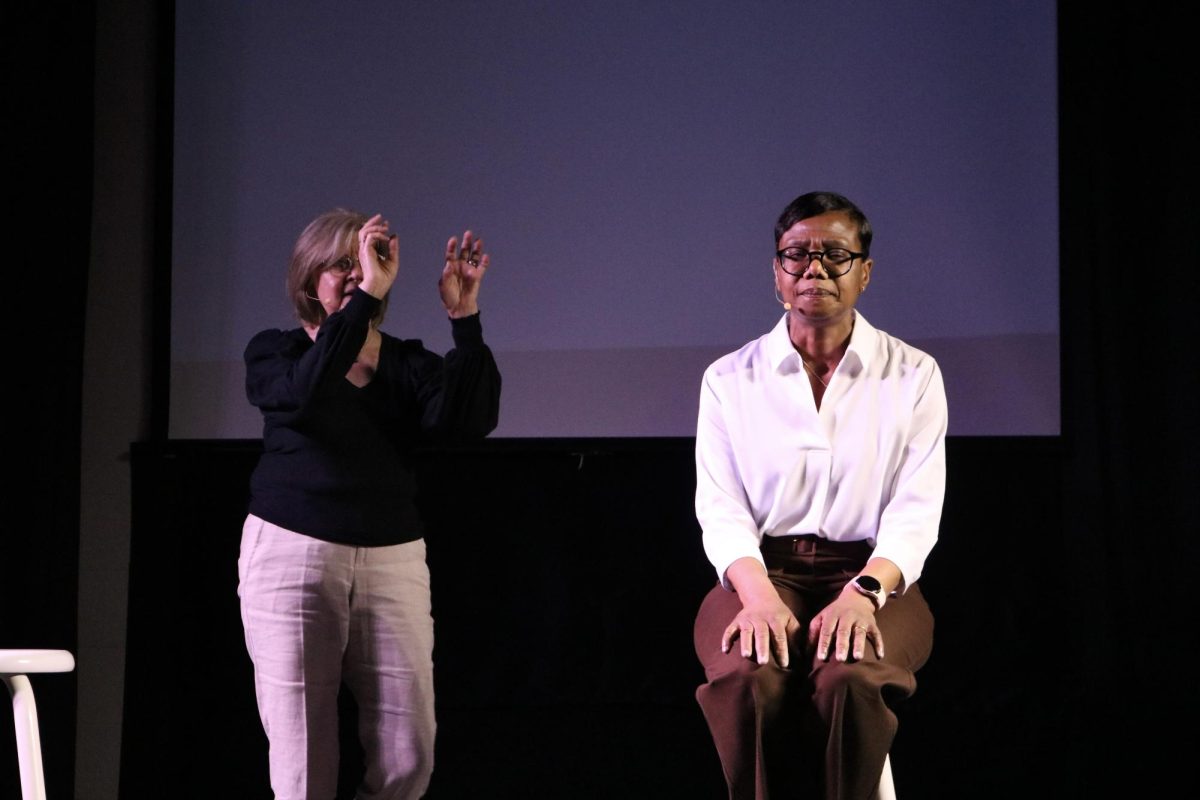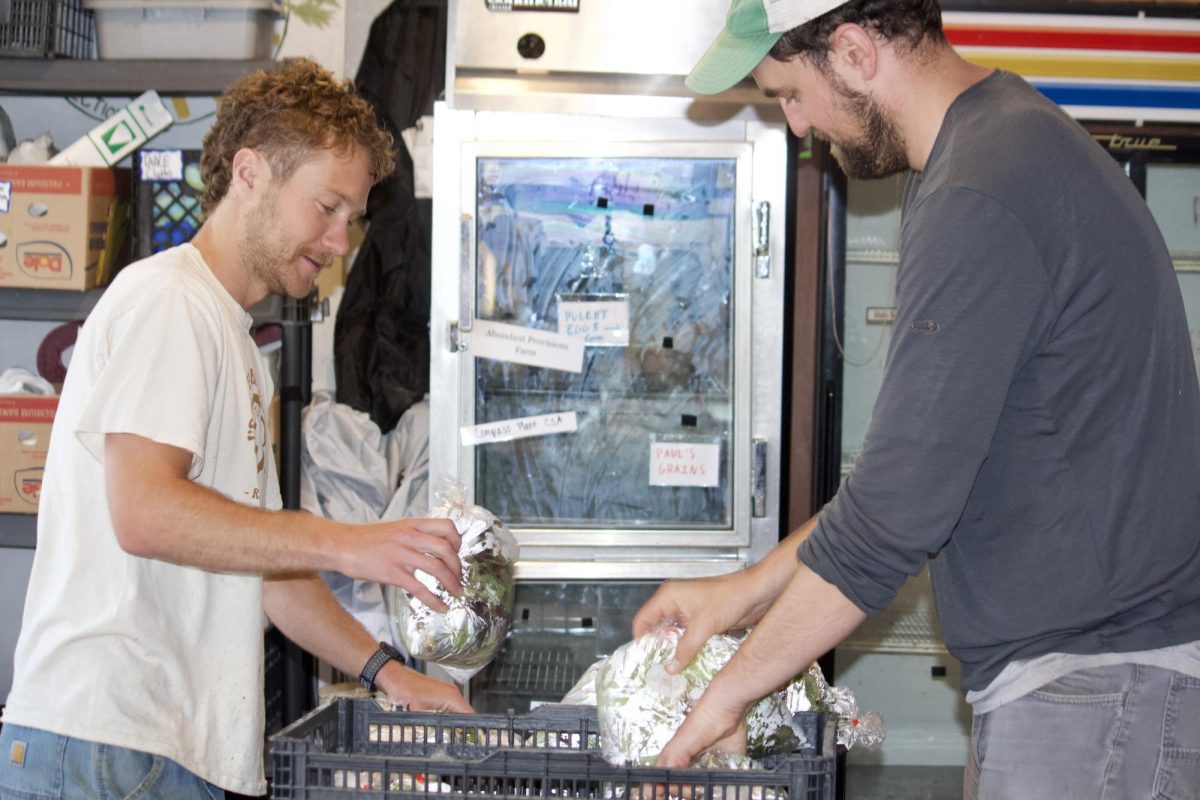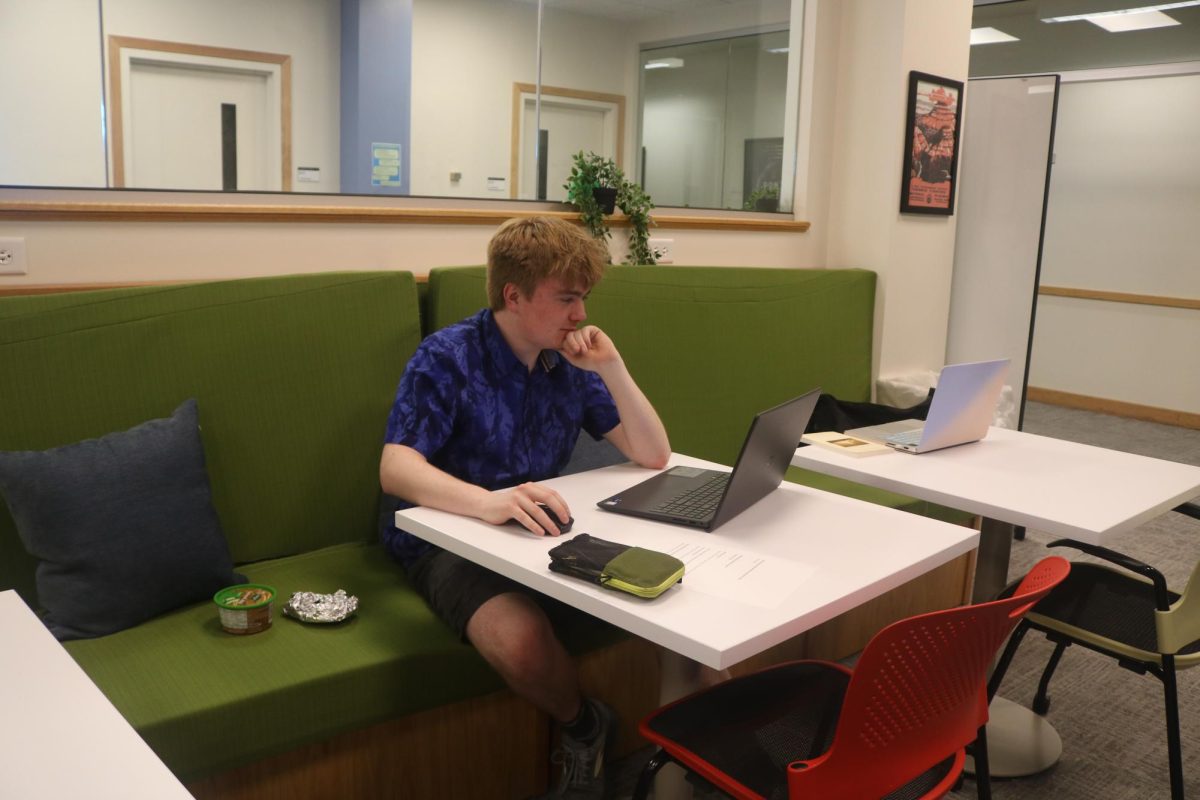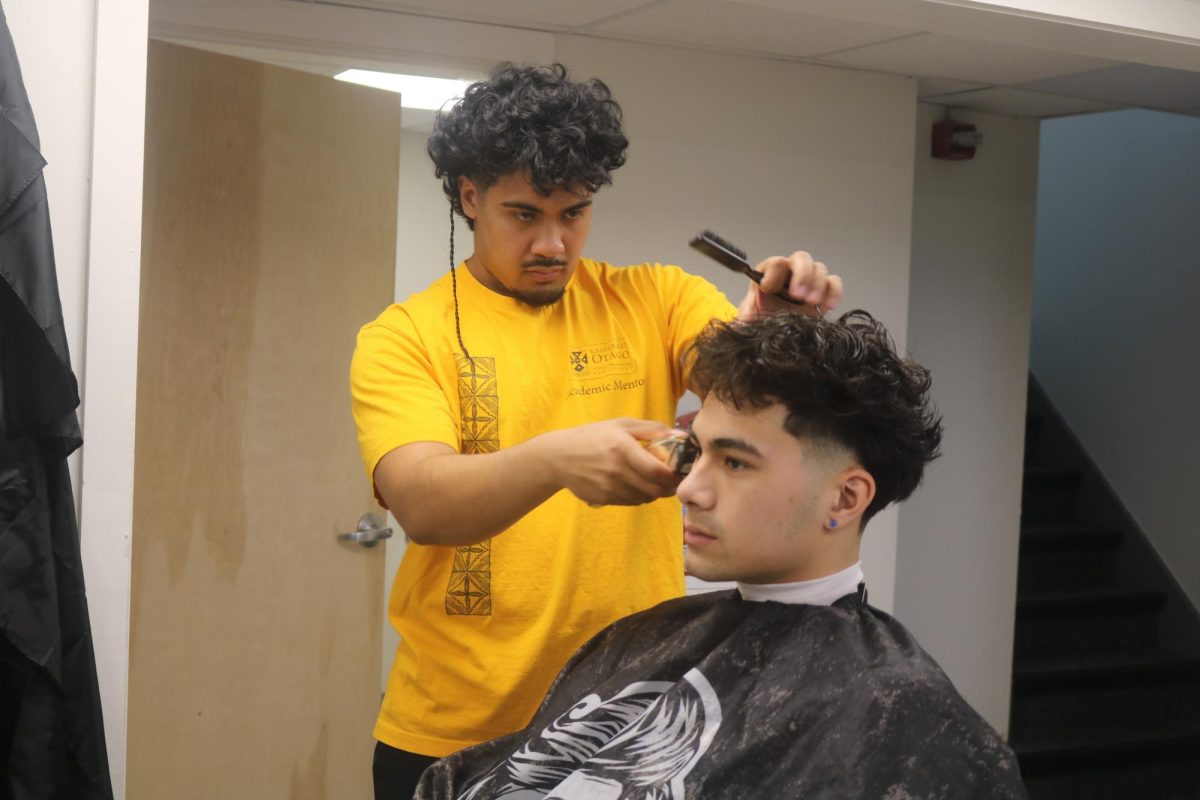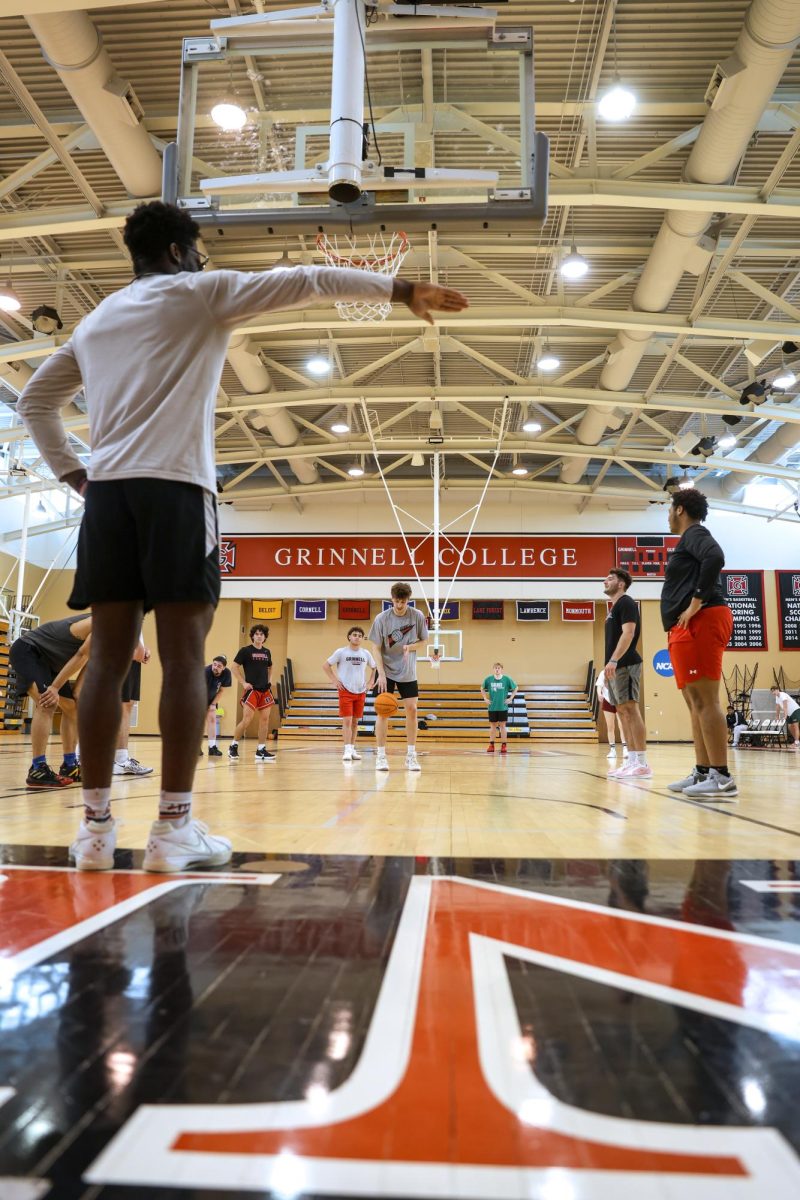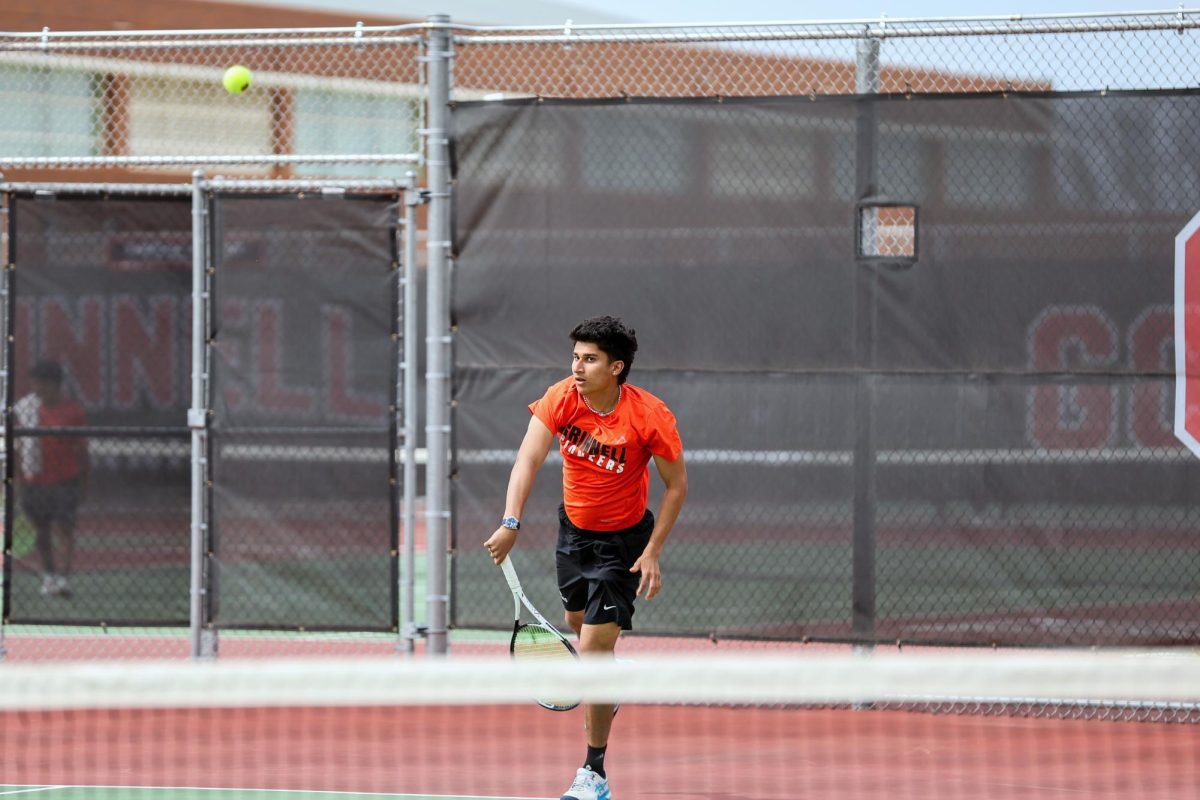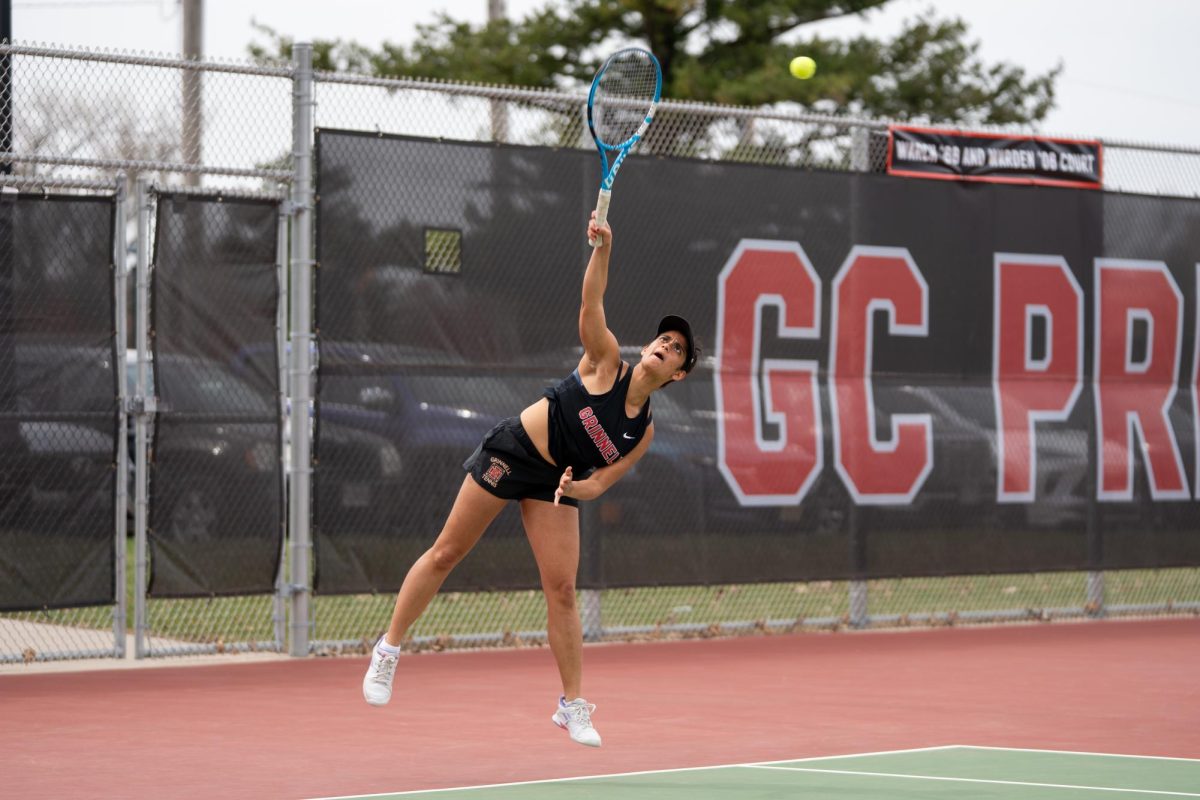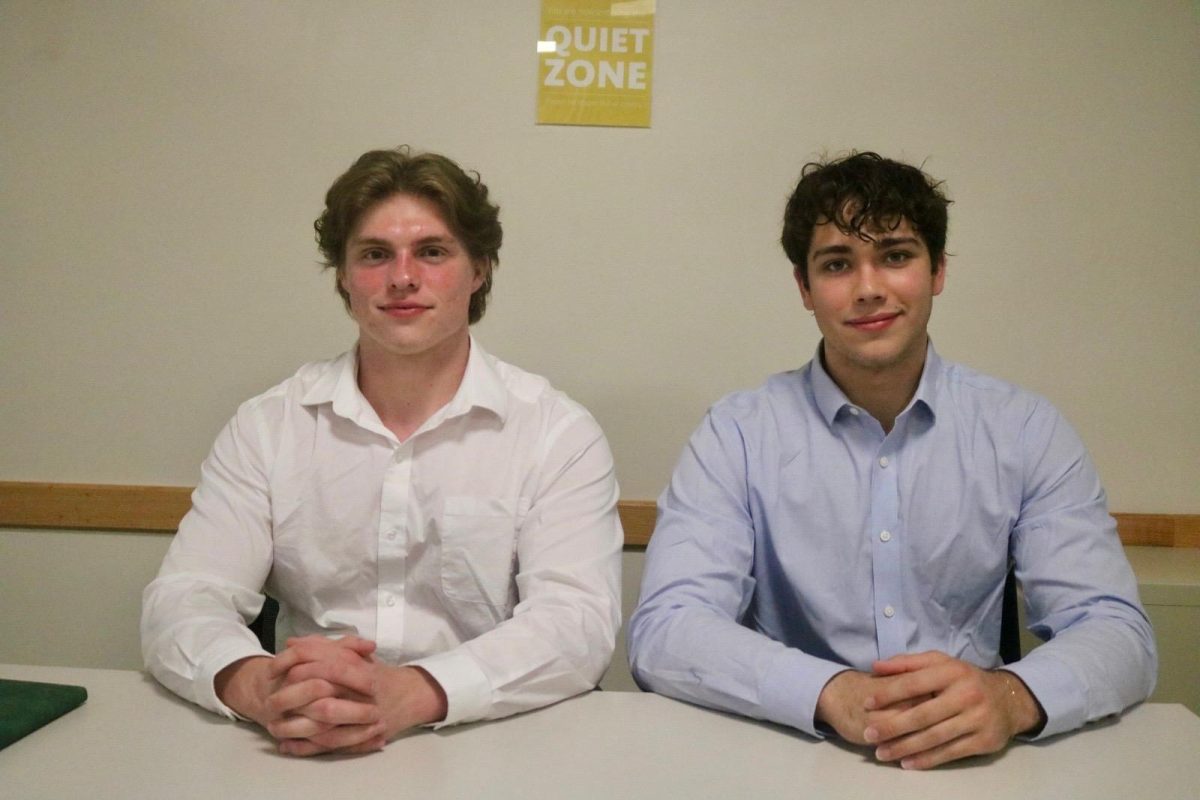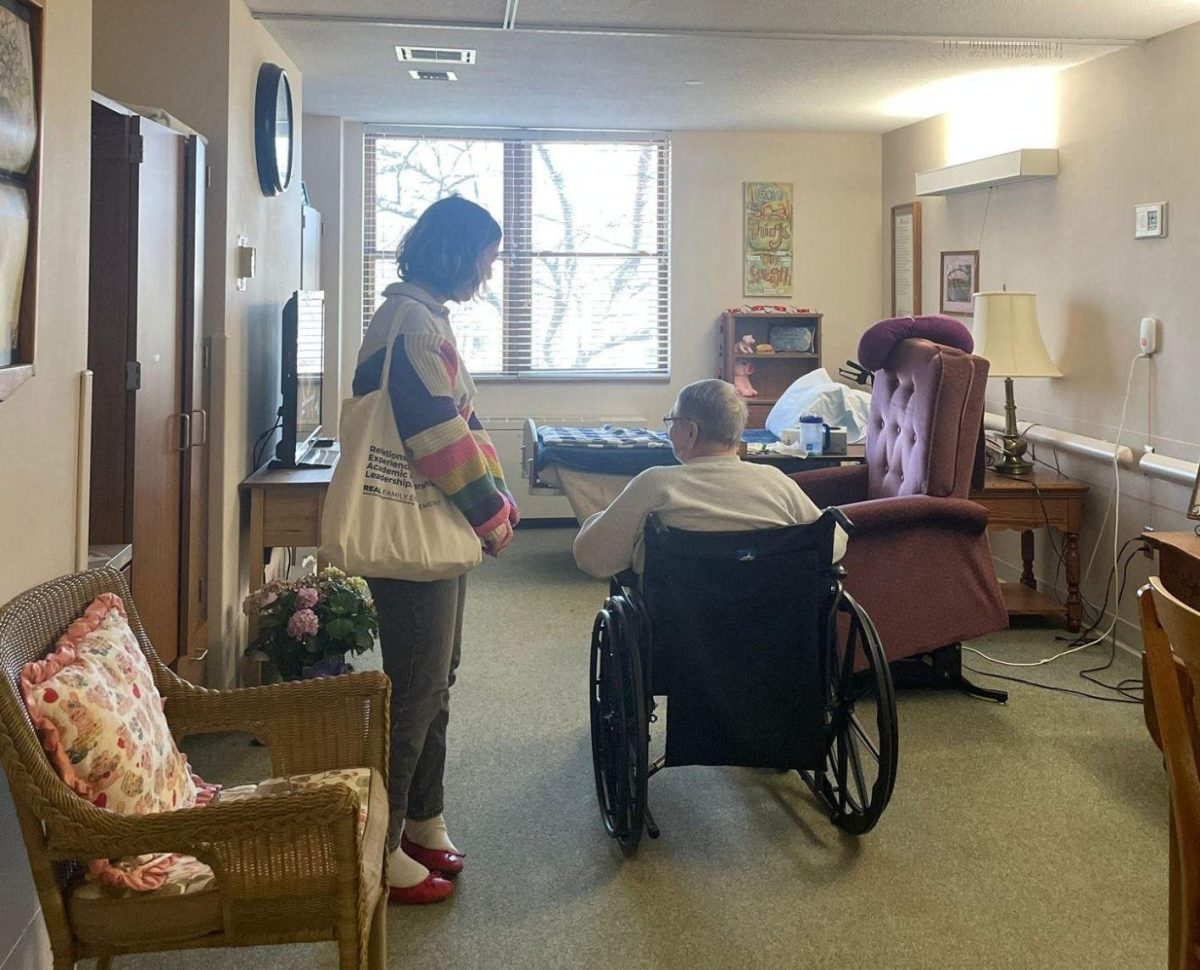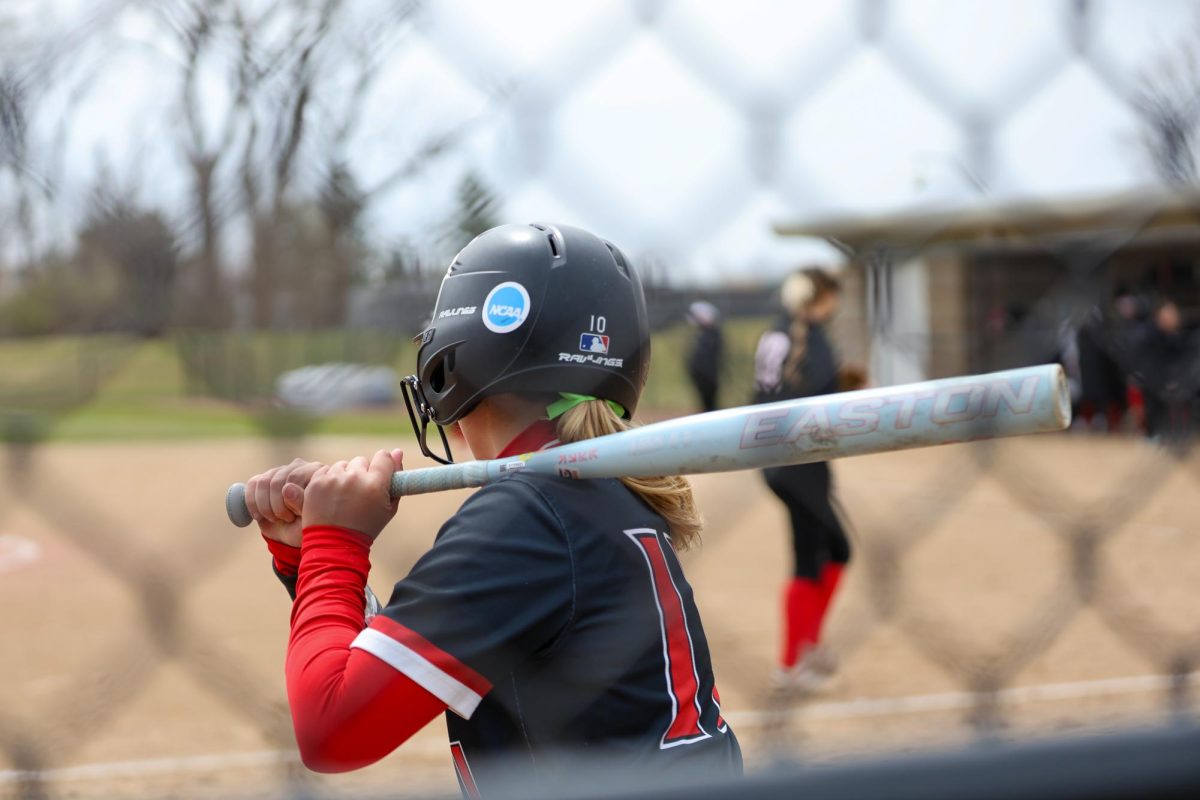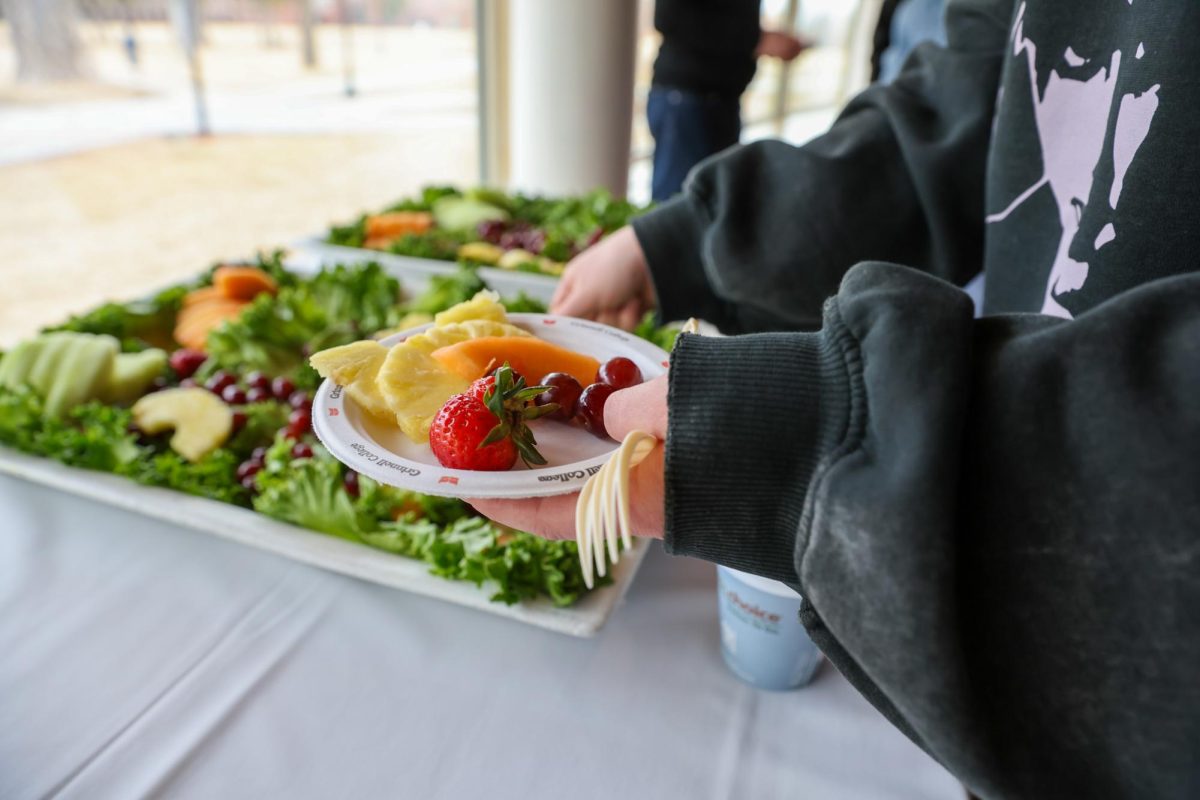By Stephen Gruber-Miller
grubermi@grinnell.edu
With the formation of the Academic Space Planning Steering Committee, the College is embarking on a new stage of planning for building renovations and construction.
The committee is the beginning of a new round of campus renovation planning that will succeed the work of the 2000 Master Plan, which included the construction or renovation of the East Residence halls, the JRC, the JCC and Noyce. It was formed in September with the task of exploring the future needs and priorities of the college and how the buildings on campus can be used to meet those needs.
Keith Brouhle, Economics, and Jim Swartz, Chemistry, are the co-chairs of the committee. Brouhle was involved in the 2010 update to the 2000 Master Plan and Swartz assisted with the Master Plan itself, especially the redesign of Noyce. When speaking of the committee’s goals, Swartz stressed classroom flexibility and use of technology.
“What kinds of teaching and learning would we do differently if we had different kinds of space?” he said.
Three major areas of focus for the updates are social studies, non-fine arts humanities and the library—in other words, everything that was not updated in the last round of construction. The committee is not yet considering specific buildings for renovations, however. Instead, they are trying to determine the College’s broader needs. Once that is done, they will begin to consider how existing buildings can achieve new educational goals.
Swartz stressed the committee’s goal to make the most effective use of the current buildings, recognizing their importance to the campus.
“I think there’s a healthy respect for the existing buildings,” he said.
However, he also pointed out that in some cases it is more costly to renovate than to build a new building.
Todd Armstrong, Russian, Chair of the Humanities Division and a member of the committee, feels the same way.
“We need to preserve the architectural identity of the college,” he said, explaining that the goal is to find a middle ground that retains the character of campus while adding modern flexibility, as well as keeping the project affordable.
Another goal is for resources, such as the library archives, to be more easily accessible. The committee may consider different uses of Burling or the Forum to help bring the library back as a hub for campus use.
Since the committee has just begun the brainstorming process, they are not dealing with sources of funds at this point, but Swartz said the academic vision of the project is something that will help to attract donors.
Swartz noted the strong desire of the faculty to engage students in types of learning that are not feasible with the current facilities. He gave the example of the ARH classrooms being too small and ill-suited for breaking up into groups for discussion.
Armstrong is happy to see updates being discussed for Social Studies and non-fine arts Humanities buildings.
“I believe that we’re moving in the right direction,” he said, when speaking of equalizing the field with science, fine arts, and athletics. He called this a time of “brainstorming and dreaming big.”
SGA VP for Academic Affairs Kelsey Scott ’13, who is also a member of the committee, expressed similar excitement for the renovations.
“I’m very excited to potentially come back to Reunion in five years and see the new spaces,” she said.
Scott is also confident about student voices being heard in the planning process.
“The rest of the committee asks for my opinions and ideas that students could potentially have,” she said.
One priority for the committee is to make sure the new spaces will be adaptable to new technology and usable long into the future.
“We do not want to design classrooms for a specific type of technology use when that technology might be obsolete by the completion of the building,” Scott said.
The committee has a long way to go before changes can be implemented. As Swartz said, “We’re in the ‘getting organized’ phase.”
It will be a few years before any renovations occur, but Armstrong is confident that their work will result in modernized teaching and learning spaces for Grinnell.
“We’re moving in a direction that has an end result,” he said.





